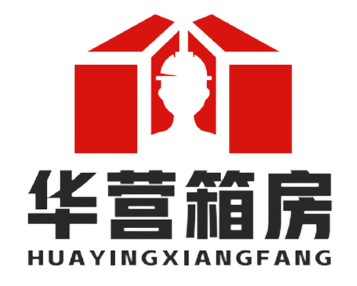Discover how intelligent structural engineering transforms 20ft office containers into waterproof workspaces. Learn about critical design elements like welded seams, integrated drainage systems, specialized door seals, and protective roofing that prevent leaks. This guide reveals why structural integrity is foundational to moisture resistance in container conversions.
The Waterproofing Challenge in 20ft Container Conversions
Transforming a 20ft shipping container into a functional office space seems straightforward—until rain starts dripping onto your laptop. Many underestimate how vulnerable these steel boxes are to water intrusion. Original containers are designed for cargo protection, not human occupancy. Their weakest points? Corners, roof panels, door seals, and welded seams. When repurposed without structural upgrades, you’re gambling with leaks, mold, and corrosion. That’s where intelligent engineering comes in.
5 Structural Design Secrets for Waterproof Office Containers
1. Seamless Welding & Corner Reinforcement
Water loves to creep through microscopic gaps in corner joints. Professional converters use continuous seam welding (not spot welding) on all joints and reinforce corners with additional steel plates. This eliminates “capillary action”—where water wicks through hairline cracks—by creating monolithic steel surfaces. Look for containers with smooth, ground-down welds and corner gussets.
2. Monopitch Roofing & Hidden Drainage
Flat roofs are leak invitations. Smart designs slope roofs at 5-10° using a monopitch design. This subtle angle directs water toward integrated gutter channels hidden within the wall structure. Unlike external drains that ice over or clog, internal systems route water downward through reinforced scuppers. Bonus: The sloped roof adds ceiling height!
3. Multi-Stage Door Sealing Systems
Container doors account for 60% of leaks. Effective designs use three-tiered protection: Compression bulb seals around the frame, interlocking threshold channels that divert water sideways, and recessed door sills elevated 4 inches above ground level. High-quality EPDM rubber stays flexible from -40°F to 250°F—no cracking in extreme climates.
4. Strategic Penetration Engineering
Every window, vent, or conduit hole is a potential leak point. Professional installers use “sleeve-through” techniques: Cutting holes 20% larger than needed, welding waterproof collars, then installing fittings with butyl tape and hydraulic sealant. Electrical conduits enter through downward-angled ports to create drip loops.
5. Protective Cladding & Sacrificial Layers
Even robust steel needs shielding. Zinc-rich primers under coatings create galvanic protection, while elastomeric roof membranes reflect UV rays and bridge micro-cracks. For extra security, install “sacrificial” steel plates at high-splash zones like the base.
See Waterproofing in Action
Watch how these structural features perform under extreme testing. Notice the directional water flow on the sloped roof, door seal compression, and how drainage channels handle torrential flow:
Your browser does not support the video tag.
Why Structure Matters More Than Sealants
Many DIYers assume caulk and spray foam are waterproofing solutions. Wrong. Sealants degrade within 2-5 years due to UV exposure and thermal cycling. Structural waterproofing—like sloped roofs and welded seams—permanently redirects water away from vulnerabilities. Think of it as designing a steel umbrella rather than taping leaks in a cardboard box.
Maintenance Tips for Long-Term Dryness
- Biannual Seal Checks: Inspect door gaskets every 6 months. Look for compression gaps or UV damage.
- Debris Management: Clear roof debris monthly—leaves trap moisture against seams.
- Coating Refresh: Reapply elastomeric roof coating every 3-5 years.
- Drain Testing: Pour water into roof channels seasonally to verify flow.
Investing in Dry Workspaces
A structurally waterproofed 20ft office container isn’t just dry—it’s durable. Proper engineering prevents rust, mold, and insulation failure, slashing long-term costs. While premium waterproofing adds 10-15% to initial pricing, it pays back through decades of maintenance-free operation. Remember: When evaluating quotes, demand details about seam welding techniques, roof slopes, and drainage paths. Your dry, comfortable office depends on it.
